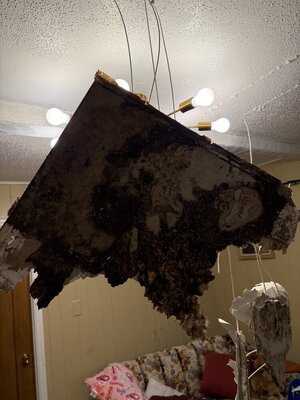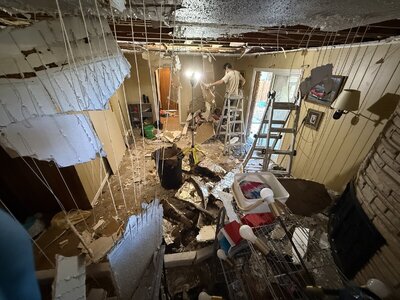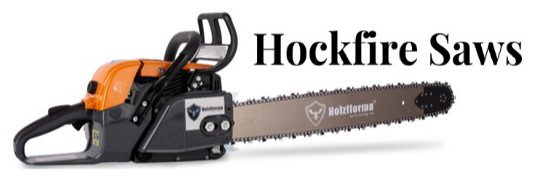Low voltage to keep a pipe from freezing OK but trying to heat a house with the same kind of method. Am I understanding correctly?
Exactly, ai synopsis:
Radiant ceiling heat from the 1960s-70s refers to systems with electric resistance wires embedded in the ceiling, popular during a time when electricity was promoted as cheap and clean energy. These systems were known for being low-maintenance but are often considered inefficient and expensive to operate today, with common issues including thermostat failures, a tendency for the wires to be accidentally damaged by drilling into the ceiling, and difficulty in repairing them without attic access.
How it worked
Electric resistance wires: The systems used a grid of electric resistance wires installed directly between layers of drywall or embedded in plaster and then covered with popcorn or other ceiling material.
Thermostat control: The heating elements were controlled by a thermostat, often a simple mechanical switch, that regulated the temperature for each zone or room.
Heating method: The wires heated the ceiling surface, which then radiated heat down into the room, warming objects and people directly.
Common issues
Inefficiency: Electric radiant heat is generally more expensive to operate than other forms of heating like natural gas or heat pumps.
Damage from drilling: A significant drawback was the risk of damaging the heating wires by accidentally drilling or nailing into the ceiling, which could lead to system failure.
Thermostat failure: Original thermostats were mechanical and prone to failure, leading to issues like the system overheating.
Repair challenges: Repairs were difficult, often requiring access to the attic to locate and fix broken wires.
Comfort issues: Some users found the heat uncomfortable, as it would warm their heads but not their feet effectively.
















